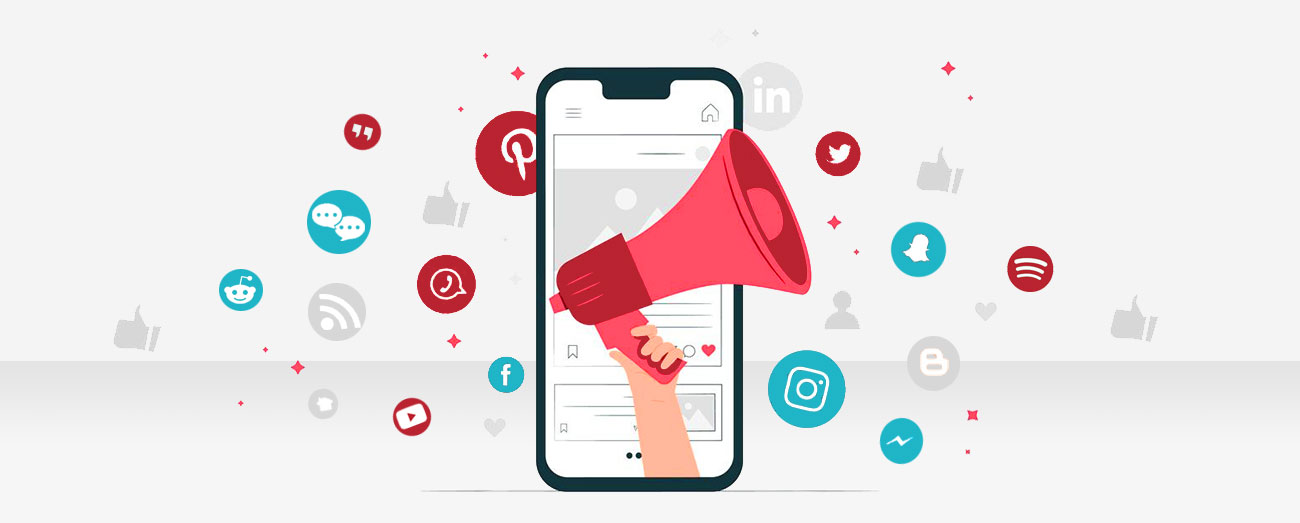4 Steps to Start Marketing on Pinterest
If you are not familiar with Pinterest, it is a social media outlet in which users create virtual pinboards called ‘boards’ where they can ‘pin’ original content or ‘repin’ others’ images. Pinterest can be a powerful tool in marketing by providing an easy-to-use medium to reach a new audience. According to copyblogger.com, “Pinterest drives traffic to websites more than Twitter, LinkedIn, Google+, or YouTube, making it an invaluable asset to sales.” Also, according to readwrite.com, traffic from Pinterest spends 60% more than traffic from Facebook, and they convert to a sale 22% more often than Facebook traffic does. Social media is an essential factor in any business’s marketing, and Pinterest is proven to generate traffic to your blog or website.
Set up your Pinterest
The “About” section is highly visible to viewers and will likely be seen by most people who visit your Pinterest page. Make sure to give a thorough description in the About section and provide links to your websites and associated social media for maximum traffic. Give boards names that are brief, creative, and describe their content accurately. Organization is vital, so take time to determine what types of boards would be most beneficial to your page. A large variety of boards holds more interest, so don’t focus solely on what your own company is producing, but take the time to research within your niche and add that to your Pinterest page. You want to become a hub of information within your field and not just advertise your individual product. Also, make sure to get verified as soon as possible. Verification through Pinterest authenticates your business, so you look more professional. It also provides a link back to your website.
Tip: Add a board meant to highlight employees or customers. Include short bios and photos. Have staff act as contributors to your board to expand your presence on Pinterest.
Learn what, when, and how to properly pin
As you probably know, consistency and saturation are crucial in social media, which is no different on Pinterest. Pin often, pin a lot, and pin a variety of images. Make sure to keep all boards reasonably active. The image itself is the most vital component of a pin as it is by far the most visible element. If your image isn’t powerful or high quality, few readers will proceed through the link. To each image, add a description, and be detailed but not wordy. If the image doesn’t directly tell the viewer what the linked website or article is about, the image description is the place to explain. To maintain a professional appearance, you should attempt to standardize the format of image descriptions and alter the descriptions of your ‘repins’ accordingly. Concentrate on key terms, and your images will be found through Pinterest’s search function. A user gets an opportunity to change a description but often won’t if the description is strong enough. You want your description to be the one attached to the image as it circulates the web.
Tip: Add your URL to the bottom of the description on all original posts. Not all original posts have to link to a specific article or product.
Be social
Generate conversation among a particular user’s followers by tagging a relevant user in your post or comment using ‘@username.’ Consider creating personalized pins or boards for customers congratulating them, publicizing a joint project, or simply giving a holiday greeting. Be sure to comment and like other users’ posts and add hashtags with relevant keywords in the description. Also, remember to follow other users. Like Twitter, they will often follow you back, which means more repins and more visibility. Add a Pinterest link to your website and tell people you’re on Pinterest in social media outlets. The more you update your page and interact with other users, the greater your presence will be on the website.
Tip: Create boards specific to your target market. For example, if you own a local business, create a board emphasizing your hometown.
Investigate and optimize
Keep track of your progress with analytics tools or use the in-site analytics provided by Pinterest for verified users. Analytics can show your popular pins, engaged users, and other interests of your users. This information helps direct Pinterest campaigns and optimize what you post for your particular audience.
Tip: Keep an eye on trends by clicking on the Pinterest homepage’s ‘popular’ link. Adjust your content and descriptions accordingly.
Well, there you have it. You are on your way to being a Pinterest Pro.

